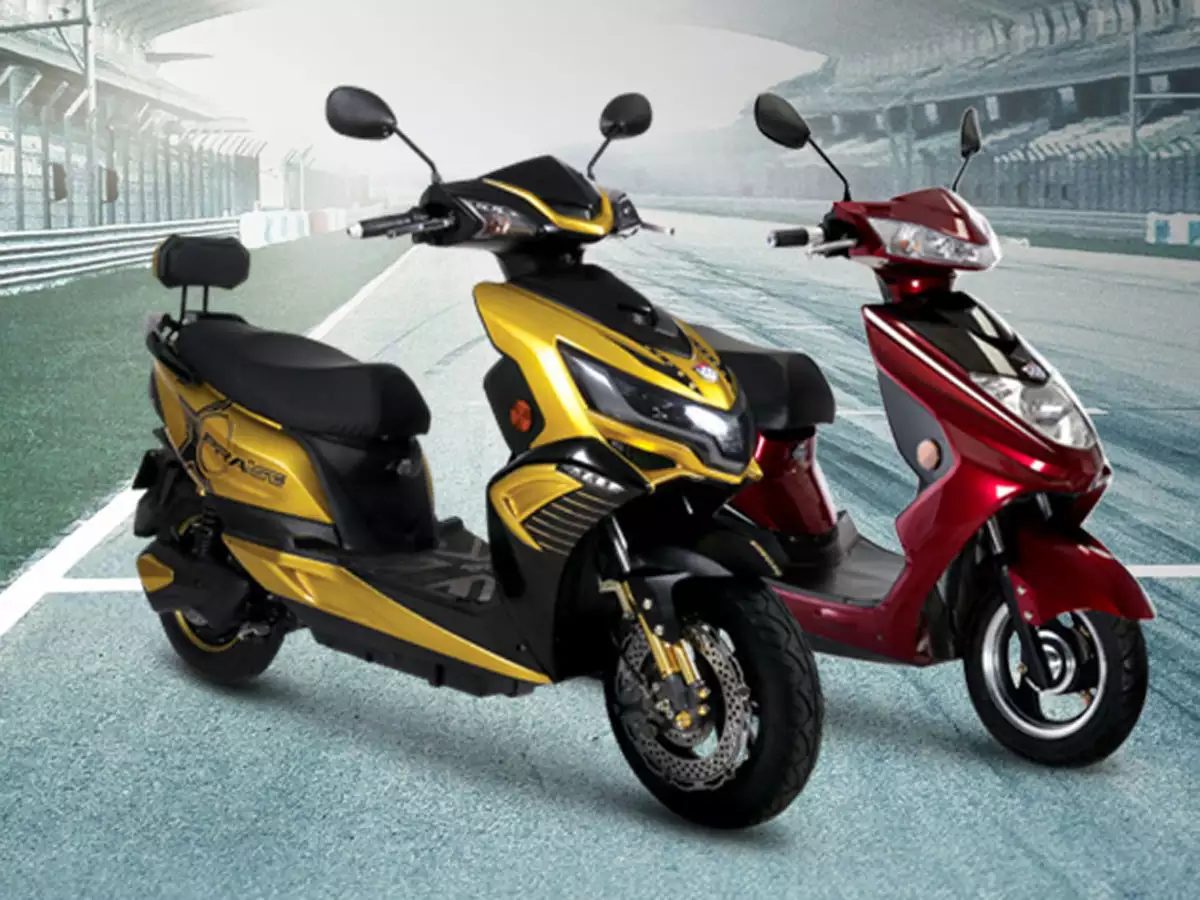Climate change is one of the greatest challenges facing human civilization. Limiting greenhouse gas emissions is an important key to slowing down global temperature increases. This alone seems like a daunting task. Yet even small changes, like biking more and driving less, can have large impacts. These five ways that bikes can significantly lower emissions may inspire you to look for electric cruiser bikes for sale.
1. E-Bikes Don’t Use Fossil Fuels
Electric bikes run on battery-powered motors. As a result, they can travel farther and faster than standard bicycles. And while pedaling only consumes human energy, e-bikes are a more meaningful alternative to automobiles. Sixthreezero’s Around the Block and EVRYJourney 500W models offer optimal travel speeds up to 28 miles per hour – ideal for short and crosstown commutes. E-bikes’ convenience, cleaner energy and speed offer great reasons to ride them to work and leave your auto at home.
2. Electric Bikes Do Not Emit CO2
A study published by Nature in May 2020 revealed that worldwide emissions from surface transportation dropped by 36% during the first three months of 2020. This coincides with the beginning months of COVID-19 isolation. So the equation is simple: Fewer gas-powered vehicles on the road means fewer CO2 emissions. And since e-bikes use no gasoline, they don’t release CO2.
3. E-Bikes Don’t Add to Fossil Fuel Production Emissions
Motor vehicles contribute significantly to our carbon footprint, but there’s also fuel production emissions to consider. Extracting, transporting and refining crude oil all release CO2. The European Environmental Agency estimates that fuel production adds another 17 grams of carbon dioxide to every 100 grams burned by driving a motor vehicle. By not using fossil fuels, e-bikes don’t contribute to fuel production’s carbon footprint.
4. Battery Charging Releases Less CO2
Electric bikes use only 10% of the energy needed by standard motor vehicles. Depending on the model, an e-bike can travel between 18 and 50 miles on a full battery charge. And charging e-bike batteries with greener power reduces emissions even more.
Comparing e-bike emission rates for two power grid regions proves this point. The RFC West power grid region including Indiana, Ohio and West Virginia emits around 9.4 CO2 grams per mile. SERC Midwest, which covers Illinois and part of Missouri, emits around 12.1 grams per mile.
So, what accounts for these differences? Both regions use the same percentage of hydro- and wind-generated electricity. But SERC Midwest’s fuel mix uses more coal than RFC West – 70% versus 44% respectively.
5. E-Bike Manufacturing Produces Fewer Emissions
E-bike manufacturing processes also have an impact on carbon emissions. From start to finish, manufacturing a compact car such as a Honda Civic emits 5 to 10 tons of CO2. Full-sized trucks add about 25 tons of CO2 to the carbon footprint. Meanwhile, the European Cyclists’ Federation estimates that making one womens electric beach cruiser releases around 134 kilograms of CO2 – about 0.15 U.S. tons.
Reducing how often we drive can lower our carbon footprint. That’s why electric bikes are a great alternative in many situations: commuting, errands, recreation and more. If your resolution is to reduce your emissions, shopping the best electric bikes for seniors 2021 is a great place to start.
